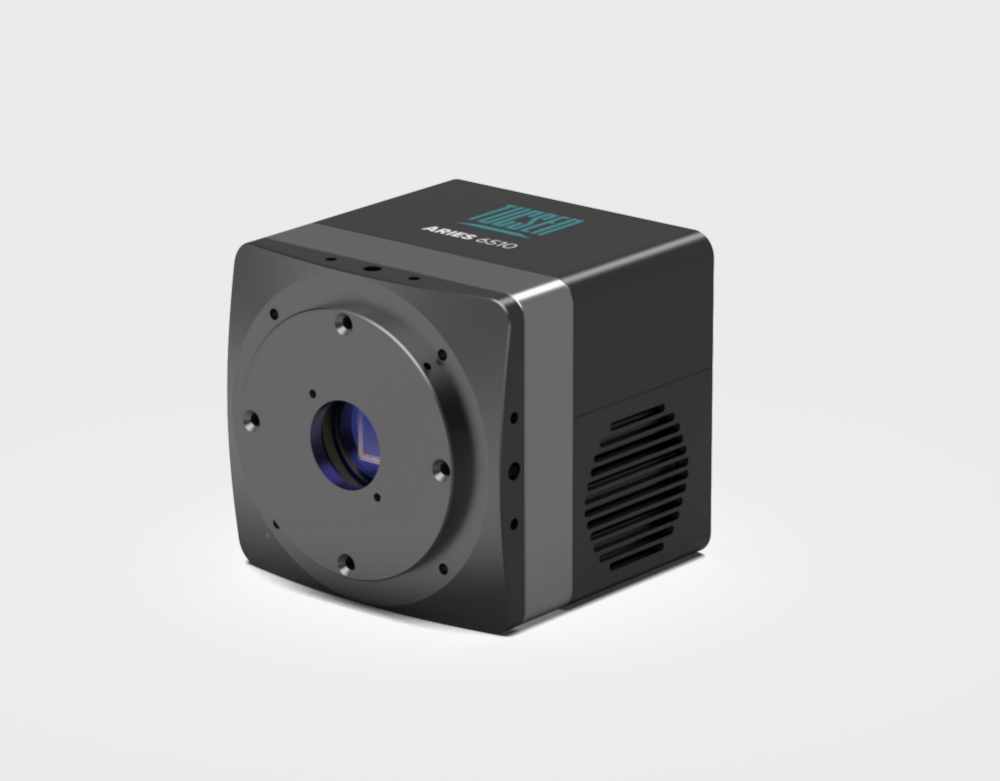
Aries 6510 - Erasmus MC
Cameras in Action - Ultrafast Voltage Imaging in Neuroscience
“The Aries 6510 provides the high speed, sensitivity, and resolution needed for our voltage imaging experiments. Its performance allows us to capture millisecond-scale neuronal dynamics across large fields of view for real-time imaging and analysis.”
- Eric Lowet, Erasmus MC




Group Research Aims
The Lowet lab's work develops and applies cutting-edge optical voltage imaging to study how neurons behave in awake, behaving animals. He uses genetically encoded voltage indicators (GEVIs) together with high-speed microscopy (kHz), targeted illumination, and confocal gating to improve signal-to-noise, reduce background, and image large populations and deep tissues. The lab explores how neurons switch between firing single spikes versus bursts, how those modes relate to brain rhythms during spatial navigation, and how deep brain stimulation impacts membrane voltage and network encoding. His methods allow resolving both action potentials and sub-threshold voltage dynamics optically.

Equipment & Experiment
The experiment captures rapid membrane voltage in awake mouse hippocampal interneurons using a genetically-encoded voltage indicator (GEVI) using widefield fluorescence imaging with targeted illumination which is patterned via a digital micromirror device (DMD). Excitation patterns are restricted to selected cells to enhance contrast and minimize background signals. Fluorescence changes corresponding to sub-millisecond-scale membrane potential fluctuations are recorded continuously at kilohertz frame rates.
The Tucsen Aries 6510 complements this process by providing the high speed, low noise, and sensitivity needed to resolve single action potentials across large neuronal populations. Using the camera’s high sensitivity mode and binning to 13 μm or more, the group can capture subtle action potential dynamics from stimulated neurons and seizure data.
Experience with Tucsen
“Our voltage imaging experiments demand exceptional temporal resolution and sensitivity to resolve subtle neuronal dynamics. The Aries 6510 delivers both. Its fast readout and low noise allow us to capture action potentials and sub-threshold fluctuations across large neuronal populations in real time. The high quantum efficiency of the 6510 ensures that even subtle fluorescence changes are faithfully recorded, enabling more precise measurement of neuronal activity and supporting the continued development of large-scale, high-speed voltage imaging in behaving animals.” – Eric Lowet, Erasmus MC

